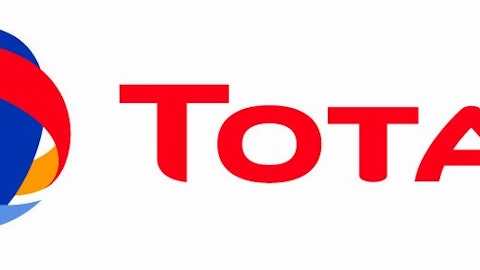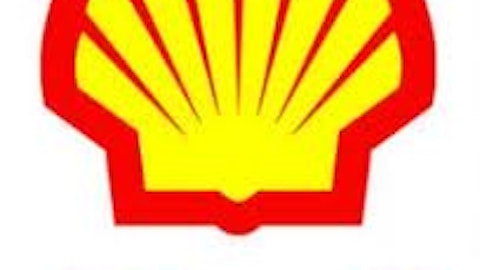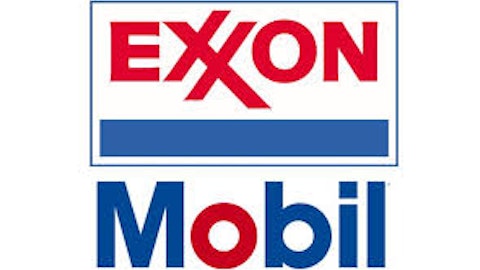There have been two pops of at least 20% for industrial biotech in the last week — both on the heels of expected news, nonetheless. Last week Codexis, Inc. (NASDAQ:CDXS) announced that it successfully completed a demonstration facility in Italy for its CodeXol detergent alcohols with partner Chemtex. It is a step in the right direction, but more sustainable share movements will come with courting commercial partners. The two still have plenty of work to collect production metric data and move into commercial scale with a bigger partner. It also doesn’t help that CEO John Nichols sold about 8% of his shares recently.
The real news came this morning, when Gevo, Inc. (NASDAQ:GEVO) announced that it had resumed commercial production of isobutanol at its Luverne biorefinery. The company had outlined its plans in prior conference calls, and its guidance earlier this year. But, given contamination obstacles at Luverne last summer, I suppose investors have reserved the right to remain cautious. Now that commercial production of isobutanol is finally happening, what exactly does this mean for investors?
The good news
This is tremendous news for Gevo, Inc. (NASDAQ:GEVO) in terms of further sticking it to its closest competitor, Butamax, a joint venture between E I Du Pont De Nemours And Co (NYSE:DD) and BP plc (ADR) (NYSE:BP). Both have enjoyed big wins in court in 2013, but Gevo was the obvious winner. The U.S. Patent and Trademark Office also handed Gevo intellectual property surrounding the commercial-scale production of isobutanol, meaning Butamax will likely have to license at least that sliver of technology from Gevo, Inc. (NASDAQ:GEVO). Today’s news further cements the lead for Gevo, which was already two to three years ahead of its well-funded foe.

It doesn’t look like much, but this is Gevo’s flagship facility at Luverne. Photo courtesy of Gevo.
Additionally, this is actually the first time that Gevo, Inc. (NASDAQ:GEVO) has run its GIFT separation system at full-scale (due to alleged infringement by Butamax). Separation is a huge part of any industrial biotech platform. The more efficiently a company can separate its desired product from byproducts the more economical its total process. Separation technology doesn’t get as much attention as reaching commercial scale, but without it margins can be dramatically affected.
The don’t-hold-your-breath news
Gevo, Inc. (NASDAQ:GEVO) will continue to ramp up its production throughout 2013 and into 2014. That means that the company will gradually increase the liquid volumes of its bioreactors until Luverne produces nameplate capacity, or 18 million gallons per year. This process usually takes 12-18 months, but Luverne is currently only using one production train. The others will be brought on line before the end of the year. Obviously, full ramp-up cannot start until each train is on line.
Whoa, whoa, whoa. What the heck is a production train? A production train is all of the equipment upstream — media holding tanks, buffer tanks, microbial seed trains — and downstream — separation unit, product holding tank, sanitizer holding tanks — that supports the operation of a bioreactor. Efficient facilities are built to share some production equipment across bioreactors, although the scheduling has to be perfect.





